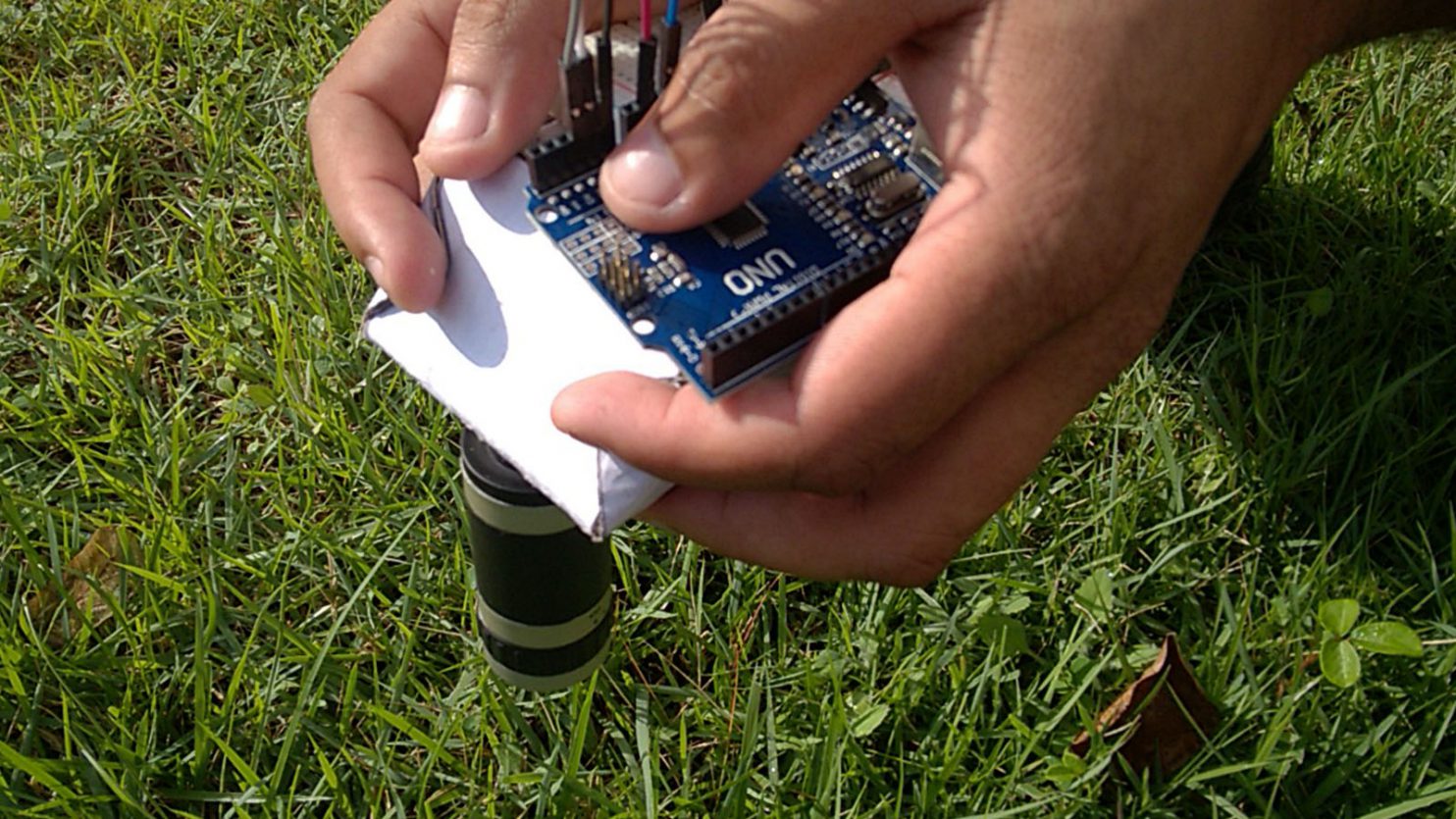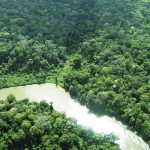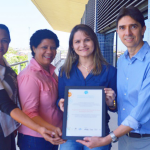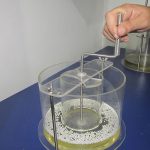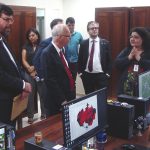The Amazon Regional Center (CRA) of the National Institute of Space Research (INPE) also supports the training of young researchers who pass through the institution as trainees or scholars supported by the development agencies. CRA / INPE’s expertise has greatly contributed to the fact that the Cartographic Engineering student and the National Council for Scientific and Technological Development (CNPq) Institutional Capacity Building Program (PCI), Tássio Cordeiro, develops at a low cost a spectroradiometer – equipment with Sensors capable of measuring the light behavior, considering the visible wavelengths up to the near infrared range. The project has been developed in partnership with the Federal Rural University of Amazonia (UFRA), where Tássio studies, in Belém/PA.
At UFRA, during the discipline Research Methodology, the students of the fourth period of Cartographic Engineering were asked to develop a project and scientific article. Noting that most of the class would work with images, Tássio Cordeiro’s team chose to work with a different bias, but also useful. It was then that the student presented the proposal of the academic activity to the consultant and expert in Geoprocessing of the CRA / INPE, Luis Sadeck and together they came to the idea of producing a spectroradiometer. Tássio took the proposal to the university, where it was well received by the teachers.
The spectroradiometer is an apparatus with which one can measure the intensity of a wavelength, and when measuring a spectrum one obtains the characteristics of an object. The interaction of light with natural or artificial materials produces a signal called reflectance, which is the fraction of incident light reflected by the surface. This measure, when compared to a pattern that totally reflects incident light, indicates what is called remote sensing of “curve” or “spectral reflectance signature”. It is this curve that indicates physical-chemical properties of the materials, allowing them to be differentiated from each other.
For the development of a short-term and low-cost prototype of a spectroradiometer, UFRA students used arduino (a board for projects where they can record algorithms), some LDR (light intensity sensitive) photoresistors filtered through Pigmented paper . “With the equipment we were able to generate a curve that will characterize the following regions of the spectrum: blue, green, red and near infrared. We are in the finalization phase of the construction and start of the calibration “, says the student.
The objective for the future is to develop a de facto spectroradiometer, allowing the exchange of the sensors and mainly changing the filters, since the pigmented paper was used only for an initial test, given the project’s deadline in the university. What one has, therefore, is something that simulates a real filter, since one of this filters is not economically accessible and requires a customized production.
According to the specialist in Geoprocessing of the CRA / INPE, Luís Sadeck, “at that moment the equipment will have four sensors, that goes from the blue, passing through the green, red and near infrared. In order to reach a final level of spectroradiometer, a better sensor and knowledge is needed. Knowledge that these students are now getting, assembling the equipment, knowing how each part works, how to calibrate”, said Sadeck.
The CRA / INPE consultant, Luís Cortinhas, also assisted the student and told him about his participation in the project. “I identified with the proposal, because I had already done some sensor projects in college. Tássio needed to be oriented on the hardware side. I assisted him regarding embedded systems, which translates first into the choice of electronic equipment to be used, then assembly and then software development. The differential of this project is precisely the premise of the use of equipment with low cost, “said Cortinhas.
At UFRA, the project is coordinated by professors Dr. Fábio Hatano and Dr. João Almiro – coordinator of the Cartographic Engineering course. The students involved are all from the fourth period of Cartographic Engineering: Tássio Cordeiro, Vinicius Caravela, Nicolas Rodrigues and Luís Alves.
Text by: Julio Delgado – Ascom CRA/Inpe
Translation by: Matheus Castelo Branco

